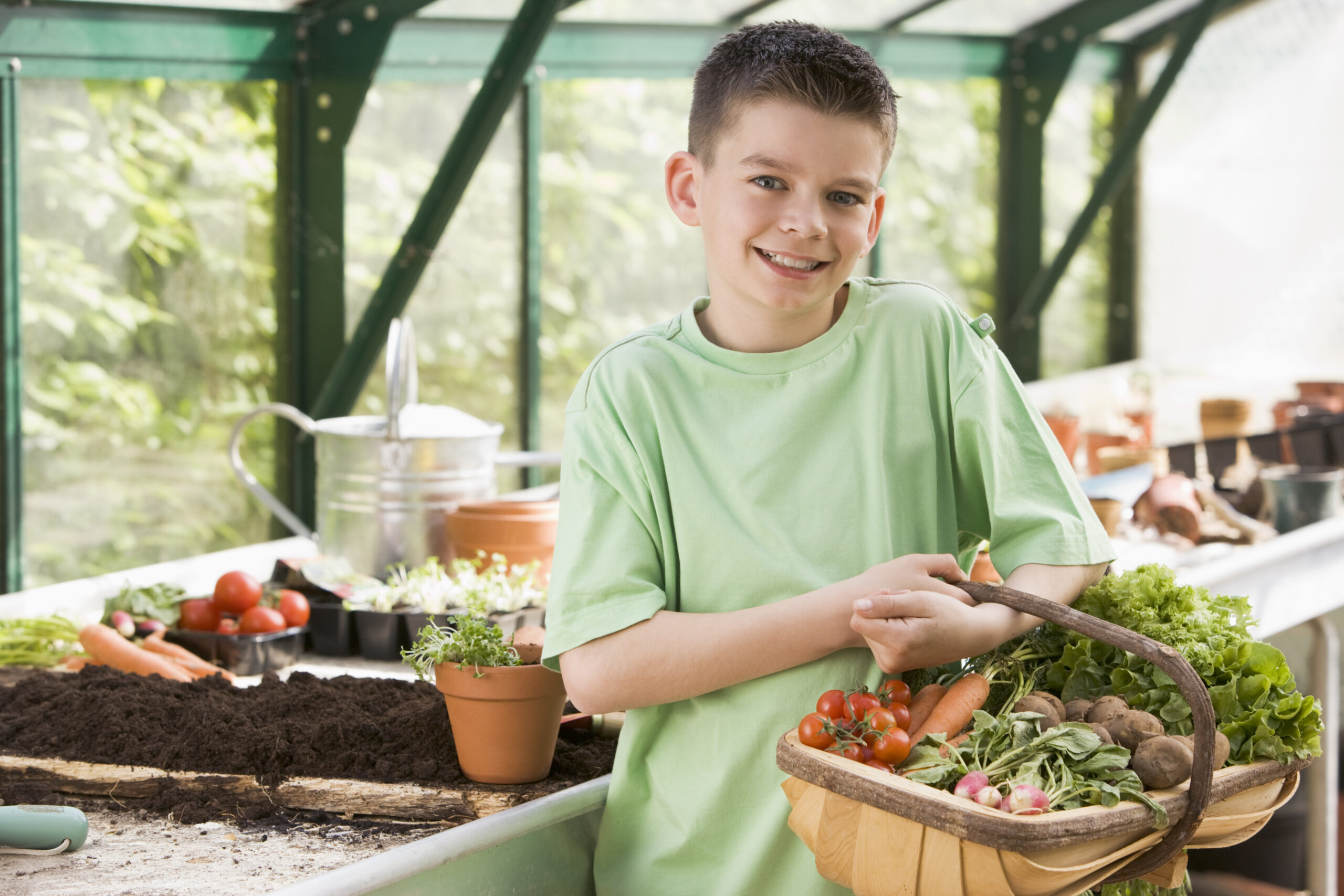Growing your own produce can be incredibly rewarding, both in terms of health benefits and the satisfaction that comes from knowing where your food is coming from. In this post, we’ll explore why starting a home farm may just be one of the best decisions you ever make for yourself and your family.
Introduction to Homegrown Produce
Homegrown produce refers to fruits, vegetables, herbs, and other edible plants that are grown at home rather than purchased from grocery stores or farmers markets. While many people assume that homegrown produce is only for those with large plots of land or extensive gardening experience, the truth is that anyone can start growing their own food with just a small amount of space and effort.
The Health Benefits of Eating Homegrown Food
One of the biggest advantages of eating homegrown produce is the increased nutritional value. When you grow your own food, you have complete control over what goes into it, which means no pesticides, no GMOs, and no added preservatives. This results in food that is not only fresher but also more nutritious than anything you could buy at the store. Additionally, research has shown that homegrown produce contains higher levels of certain vitamins and minerals compared to conventionally-grown crops.

How to Start a Home Farm and Grow Your Own Produce
Starting a home farm doesn’t require a lot of space or resources. Even if you live in an urban area, you can still grow some of your favorite fruits and veggies on a balcony or rooftop. Here are some tips for getting started:
1. Choose the right location – Look for a spot in your yard or garden that gets plenty of sunlight and has good drainage. If you don’t have much outdoor space, consider using containers instead.
2. Decide what to grow – Think about what types of produce you enjoy eating and research which varieties will do well in your climate and season.
3. Prepare the soil – Remove any weeds or debris from the planting area and add compost or other organic matter to enrich the soil.
4. Plant the seeds or seedlings – Follow the instructions on the seed packets or plant labels, and give each plant enough room to grow without crowding.
5. Water regularly – Keep the soil moist but not waterlogged, and avoid overwatering as this can lead to root rot.
6. Protect from pests – Use natural methods like companion planting and handpicking to keep pests away, or use organic pest controls if necessary.
Tips for Successful Home Gardening
Once you’ve gotten your home farm up and running, here are some tips for keeping your plants healthy and productive:
1. Stay organized – Keep track of when you planted each crop and when they should be harvested, so you know when to expect fruit and can plan accordingly.
2. Monitor closely – Check on your plants daily to look for signs of disease or pests, and address any issues promptly.
3. Fertilize regularly – Add fertilizer or compost tea to your plants every few weeks to help them grow strong and healthy.
4. Prune and trim – Remove dead leaves or branches, and prune back overgrown plants to encourage new growth.
Conclusion: Why Starting a Home Farm is Worth It
There are countless reasons why starting a home farm is worth it, including improved health, greater self-sufficiency, and the joy of watching something grow from scratch. Whether you’re looking to save money on groceries, reduce your carbon footprint, or simply try something new, growing your own produce is a great way to achieve these goals while enjoying delicious, fresh food straight from your backyard.





